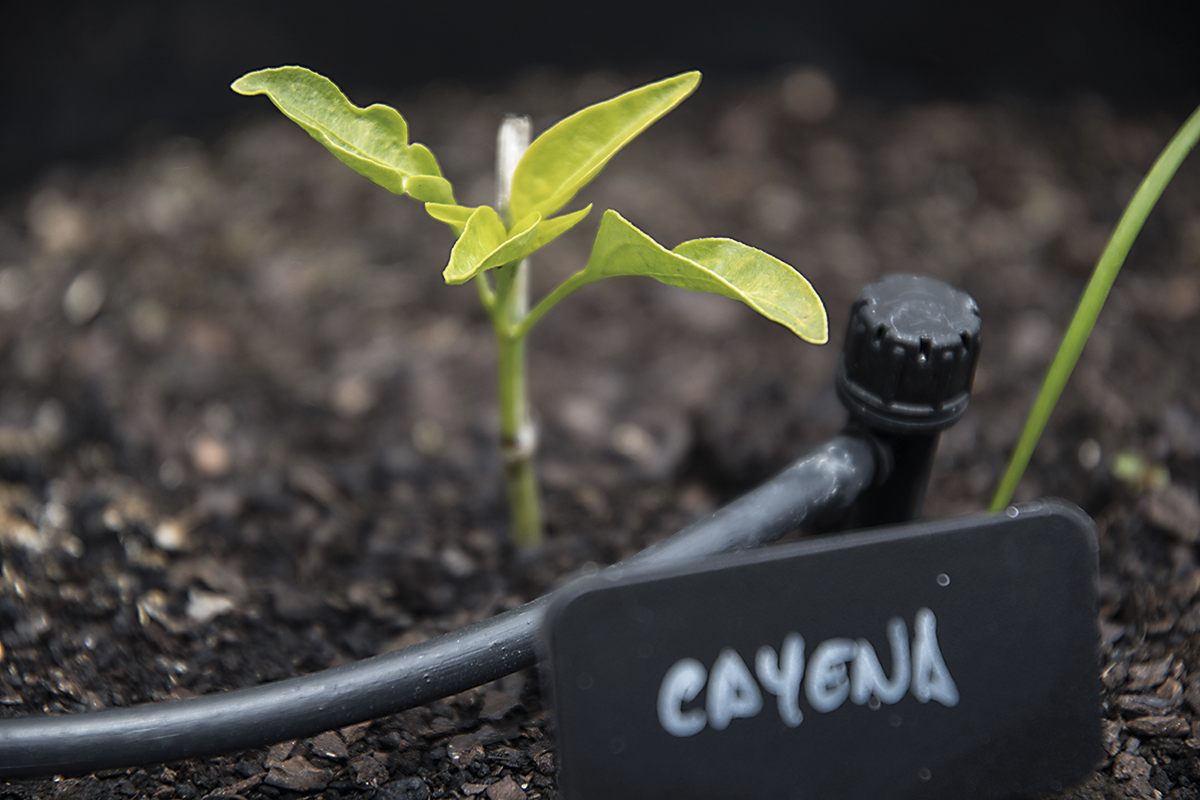
The ways of evolution are beautifully unfathomable. Every time we enjoy spicy food, our body participates in a particular evolutionary serendipity. The initial «idea» was to stop the advance of micro-organisms. Capsaicin is an alkaloid that works well as an antifungal and bactericide, which is why some plants of the genus Capsicum insisted on accumulating this molecule – and other capsaicinoids – in the their fruits, especially those that were visited by aphids, insects that facilitate fungal invasion.
In a parallel evolutionary universe, oblivious to these plant problems, many animals – such as reptiles, birds and mammals – sought to protect their cells from acids or excessively high temperatures by developing sensory neurons equipped with receptor molecules which, when activated, generated a sensation of pain and intense itching (TRPV1 receptors).
Fruits containing capsaicinoids were part of the animal diet, so the bugs also benefited from the medicinal antifungal properties. Plants, on the other hand, had a special interest in the relationship: they offered fruits with the secret purpose of getting someone to disperse their seeds. Preferably a bird, who would swallow the fruits without chewing and therefore without destroying the seeds. Birds excrete seeds that are ready to germinate. Mammals do not, because they crush them and render them unusable.
«Some mammals liked the feeling of pain, knowing that nothing bad was actually happening»
And then something happened: two evolutionary processes that had nothing to do with each other converged. It happened when mammals’ receptor for detecting acid and intense heat underwent a mutation which, as it turns out, made it sensitive to a molecule that is neither acid nor hot, capsaicin. From then on, mammals carrying the mutation would experience an intense stinging and burning sensation when eating fruits with the antifungal molecule. Evolution can sometimes be so playful.
Birds, on the other hand, continued their course untouched by these sensory emotions, with their ancestral TRPV1 receptor being insensitive to capsaicin. And here is where the story starts to get (more) interesting: plants, which were initially only interested in capsaicin to scare off micro-organisms, suddenly found themselves provided with a magnificent gift from the gods that allowed them to use the same substance to scare off seed-eating mammals as well. Thus, evolutionary evolution dictated a marked increase in the concentration of capsaicin in fruit, especially in the tissues surrounding the seeds.
That was not the end of it, by any means. Under «normal» evolutionary conditions –if such a thing exists – mammals carrying the mutation that mixed such disparate sensations and produced a form of gratuitous pain would have less chance of thriving – by decreasing their access to “burning food” – so the mutation would tend to disappear. But this was not the case. Here evolution verged on insanity: some mammals liked the feeling of pain, knowing that nothing bad was actually happening. This was the primordial version of horror films, which provide a strange pleasure without risk.
As a result, the TRPV1 receptor progressed among mammals with a taste for strong sensations, which found hot peppers to be a gustatory amusement park with, paradoxically, an analgesic side-effect. But there is more: in mammals, the receptor has also become sensitive to anandamide, an endogenous cannabinoid that is structurally similar to capsaicin and is involved in a number of physiological processes, which may have contributed to keeping the mammalian TRPV1 receptors and the Padrón pepper industry in such good health.





